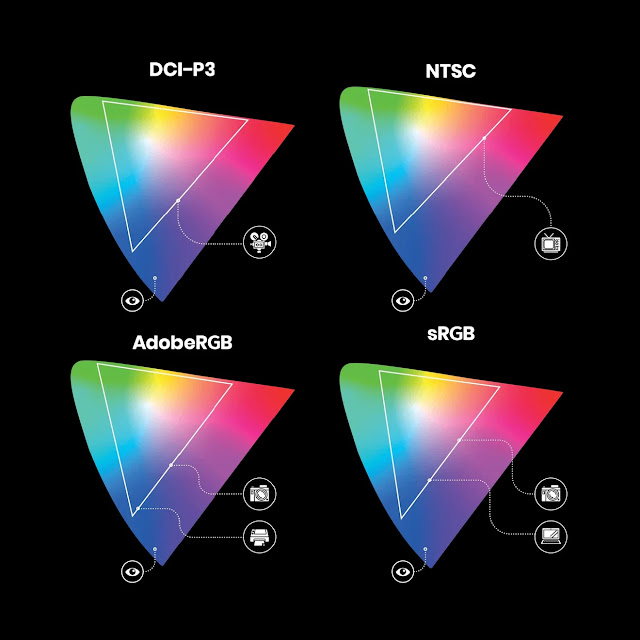GENERAL CONCEPTS OF COLOR
Even if you incorporate the entire color palette into your painting, it is crucial to clarify the following three elements. Failure to do so will result in a lack of spatial perception, depth, and color harmony:
- Base Color: This is the light color or the overall tone for the entire painting. It plays a supporting role in enhancing the focal point area.
- Linking Color: These include the light color, environmental color, and scattered color details that interact with each other. Linking colors act as intermediaries, helping to transition between colors for a harmonious blend, avoiding abrupt or overly intense contrasts that could disrupt the painting's natural feel.
- Main Color: This is typically located in the focal point, where saturation, color contrast, and lighting are most intense. It serves as the dominant element.
2. Color Harmony:
- Light Color: These colors appear when the light is strong. In this case, the illuminated areas of an object will absorb more light colors, while the darker areas will absorb less.
- Environmental Color: The environmental color often dominates and casts a tint over the entire painting, which is a common effect in cinematic lighting. Here, the shadowed areas absorb more of the environmental color than the light areas.
3. Color Balance:
Balancing the three values is
essential. If a painting feels “off” or lacking something, it is often due
to poor color balance, which can be quite challenging to adjust:
- Hue: The impressionistic contrast between warm and cool tones.
- Saturation: The contrast between color intensity—vibrant versus dull.
- Value: The contrast of lightness and darkness.
Paintings where hue and saturation change only slightly but still appear
rich and full are primarily relying on value contrast, often leaning toward
midkey or lowkey lighting.
Paintings
with frequent transitions in hue and saturation, resulting in a dreamy,
vibrant, and ethereal feel, rely heavily on hue and saturation contrast
while limiting value contrast—often leaning toward
highkey lighting.
4. Effects and Light Phenomena to Supplement:
It is
recommended to read the book "Color and Light" for further
insights.
5. Color Gamut:
Once you master the four aspects
above, you will have control over the color gamut as desired. Some
fundamental theories of color gamut include:






Comments